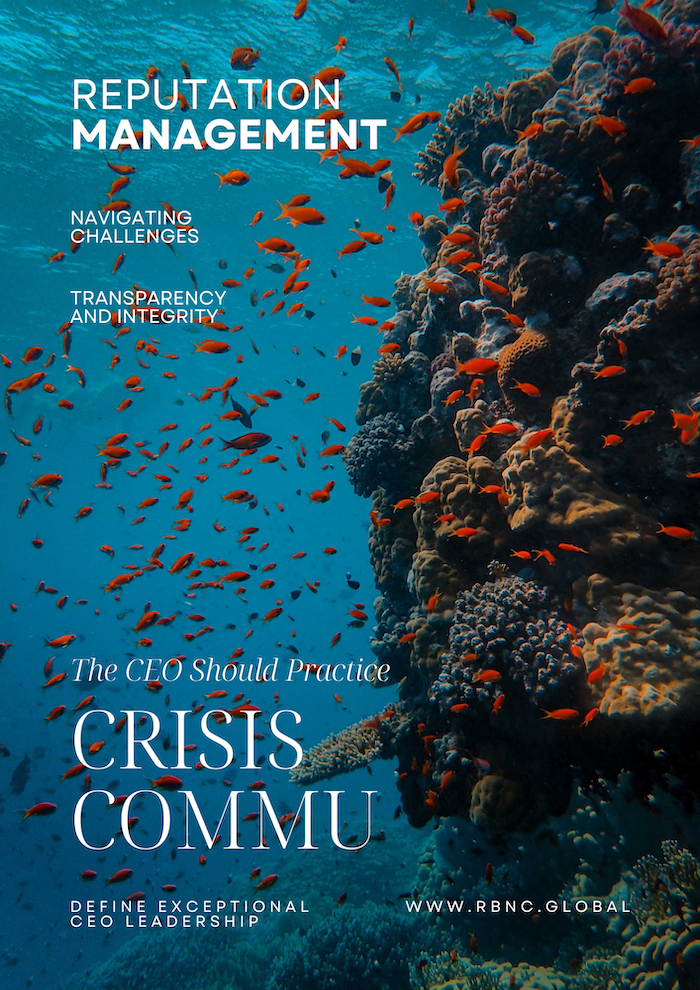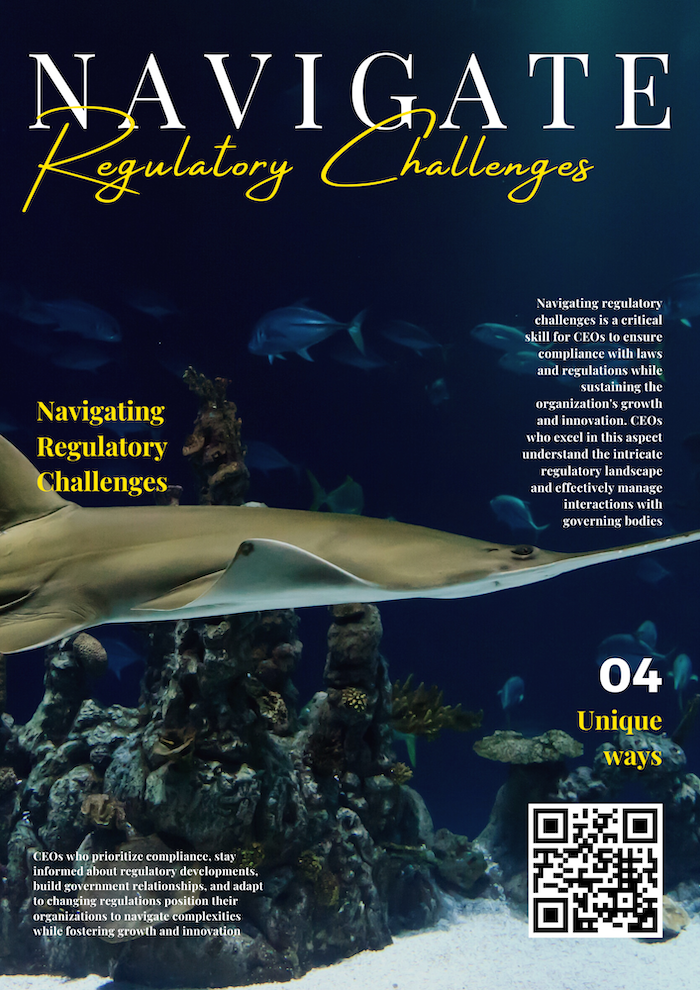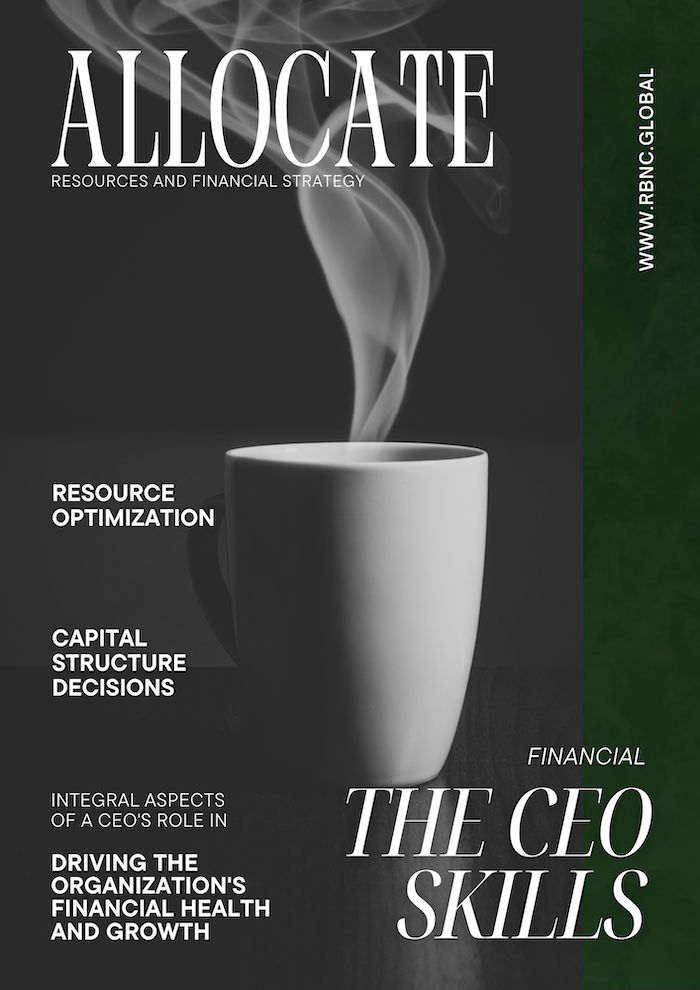Crisis Communication and Reputation Management - The CEO Should Practice
Crisis communication and reputation management are critical aspects of a CEO's role in navigating challenges with transparency and integrity, safeguarding the organization's image, and maintaining stakeholder trust. CEOs who excel in this area demonstrate their ability to lead through adversity and protect the organization's reputation. In this section, we'll delve deeper into the multifaceted dimensions of crisis communication and reputation management that define exceptional CEO leadership.
Transparent Updates:
CEOs skilled in crisis communication provide timely and transparent updates during challenging situations to maintain stakeholder confidence.
- Honesty: Exceptional CEOs communicate honestly about the situation, acknowledging the challenges and potential impacts without sugarcoating.
- Timeliness: These CEOs ensure that updates are provided promptly, preventing the spread of misinformation and keeping stakeholders informed.
- Resolution Steps: CEOs outline the steps being taken to address the crisis, demonstrating a proactive approach to finding solutions.
Crisis Preparedness:
Effective CEOs develop comprehensive crisis communication plans to ensure a swift and coordinated response to unexpected challenges.
- Role Assignments: These CEOs designate specific roles and responsibilities for communication and decision-making during a crisis to avoid confusion.
- Messaging Framework: Exceptional CEOs prepare a messaging framework that outlines key messages, communication channels, and guidelines for various scenarios.
- Media Training: CEOs and relevant team members undergo media training to effectively communicate with the press during high-pressure situations.
Reputation Protection:
CEOs who prioritize reputation management take proactive steps to protect the organization's image during and after a crisis.
- Addressing Misinformation: These CEOs promptly address false information or rumours, clarifying the facts to prevent the spread of inaccurate information.
- Stakeholder Engagement: Exceptional CEOs engage stakeholders directly to provide accurate information, reassure them, and demonstrate a commitment to transparency.
- Learning and Improvement: CEOs emphasize the organization's commitment to learning from crises, improving processes, and preventing similar issues in the future.
Recovery and Restoration:
CEOs skilled in crisis communication guide the organization through the recovery process and work to restore stakeholder trust.
- Communication Continuity: These CEOs ensure that communication remains consistent throughout the crisis and the recovery period, keeping stakeholders updated.
- Apology and Responsibility: Exceptional CEOs offer genuine apologies when appropriate, taking responsibility for any mistakes and showing humility.
- Demonstrating Change: CEOs communicate the organization's commitment to making necessary changes to prevent similar crises and improve overall operations.
Conclusion:
Crisis communication and reputation management are integral to exceptional CEO leadership. CEOs who communicate transparently during crises, prepare for challenges, protect the organization's reputation, and guide recovery efforts demonstrate their ability to lead with integrity and resilience. By effectively navigating challenging situations and maintaining stakeholder trust, CEOs position their organizations to emerge stronger, more resilient, and better prepared to face future uncertainties.
Back to: Chapter 5: Effective Communication and Stakeholder Management









